Project Guide: Painting Kitchen Cabinets

by
Hometalk Guides
(IC: blogger)
Without spending a fortune on your kitchen space, you can completely change the look of it, by giving your cabinets an easy and budget-friendly makeover with paint. Whether your kitchen set is made from wood or laminate, adding a new coat of color is the quickest way to give it an update. Just make sure to prepare before you get started by keeping these important tips in mind.
1. Buy the right medium for your project
2. Prepare Your Work Space
- Clear your kitchen surfaces, including the floor and all counter tops and shelves
- Lay down drop cloth or cardboard to protect all other surfaces
- Clear a spacious open area to paint cabinet doors and inserts (inside or outdoors
- Open windows and doors to increase ventilation
3. Prepare Yourself for Working
- Dress in clothing you won't mind marking up with paint
- Tie back hair
- Put on a painters mask to protect yourself from fumes and sanding dust
4. Prepare Your Surface
- Remove the cabinet doors
- Remove all hardware
- Place hardware in sandwich bags and label each bag, so that no pieces go missing or end up in a different spot when you've finished
- Remove shelves or drawers
- Sand all the surfaces you plan to paint
- Clean the sanding dust and any other debris from the pieces
- Fill any unwanted holes or cracks with wood filler
- Sand again
- Tape off areas around your cabinets that you don't want the paint to spread to accidentally
Basic Tools Include:
- Drop Clothes or Large Pieces of Cardboard
- Painter's Tape
- 3 Grades of Sandpaper (Coarse to Fine)
- Sanding Block or Orbital/Palm Sander
- Plastic Paint Trays
- Brushes or Rollers
- Small Brushes (for corners)
- Protective Mask (if sanding)
- Cloth or Vacuum (for clean-up if sanding)
- Screw Driver
- Plastic Sandwich Bags
- Permanent Marker
- Primer
- Polyurethane or Polycrylic Protective Finish
- Wax (if using Chalk Paint)
- Wax Brush
- Paint Conditioner (if using Latex or Oil-Based paint)
- Wood Filler (if you're moving your hardware placement or fixing nicks)
- Putty Knife (if using wood filler)
1. Painting
- (If applying primer) apply a coat or two if the piece needs it, then let dry and sand lightly after to create a smooth surface for the paint
- Don't pour or pool the paint on the cabinet surface and then spread it with your brush
- Apply paint to your surface in thin coats with a foam roller or brush
- Edge in the corners and sides of any detailing with a smaller brush
- Apply paint in long, even strokes in a single direction
- Avoid going over the same spot after you've painted, because the brush may pick up the drying paint and ruin your smooth finish
- Sand each layer very lightly with fine grade paper before adding a new one
2. Finishing Your Cabinets
- Clean as much excess wax off your brush as possible before you start
- Apply in thin coats, making sure to spread it evenly throughout your piece
- For high-traffic areas, apply 2-3 coats of wax, waiting the proper drying time between each
- Apply in thin coats
- Don't retrace your brush strokes, or the surface will get tacky and lose its smooth finish
- Sand between coats after waiting the proper drying time
Once everything is dry, reassemble your cabinets and reattach the doors.
- Place all shelves and drawers inside the cabinet base
- Add inner hardware, like hinges and tracks to your cabinet doors
- If you have cabinet doors that will be impossible to open without pulls or handles, attach those before reattaching your door to the frame
- Begin attaching your doors by starting at the top of the cabinet and working your way down to the counter-level cabinets
- Once everything is in its place, add the rest of your outer hardware, like drawer pulls and handles
Projects to Look At
Enjoyed the project?

Want more details about this and other DIY projects? Check out my blog post!
Published August 25th, 2015 9:45 AM
Comments
Join the conversation
2 of 46 comments
-
If one puts wax on the finish of cabinets, what does he have to do when he wants to re-finish them? Wax is waterproof and it seems it would need to be removed before re-finishing the cabinets. In fact, what if the cabinets already have wax on them and you need to remove that before re-finishing them?
 Vivian Reilly
on Jan 15, 2017
Vivian Reilly
on Jan 15, 2017
-
-
 Joan LaRue
on Sep 30, 2017
Joan LaRue
on Sep 30, 2017
I live in a moble home. the cabinets are not wood it looks like pressed wood do I work with this the same way
-



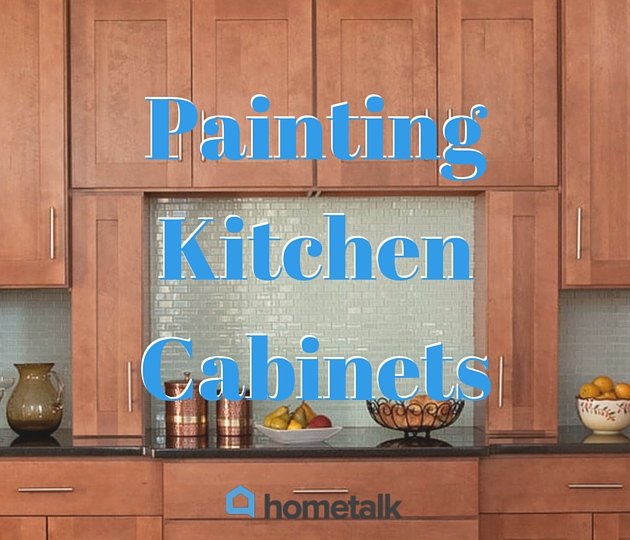









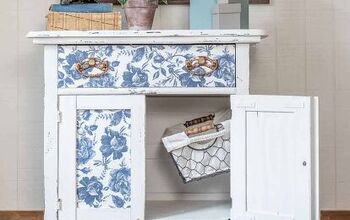


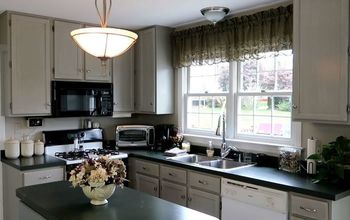
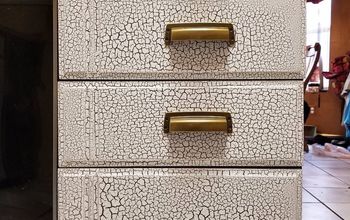
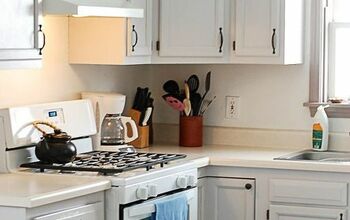

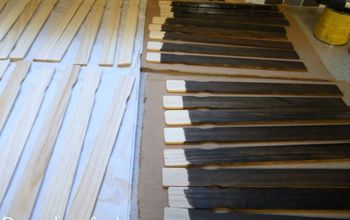
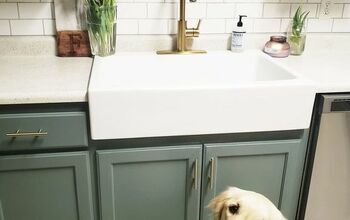
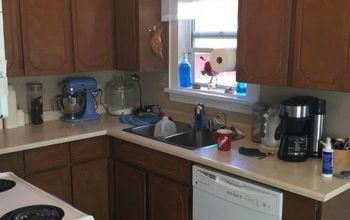







Frequently asked questions
Have a question about this project?